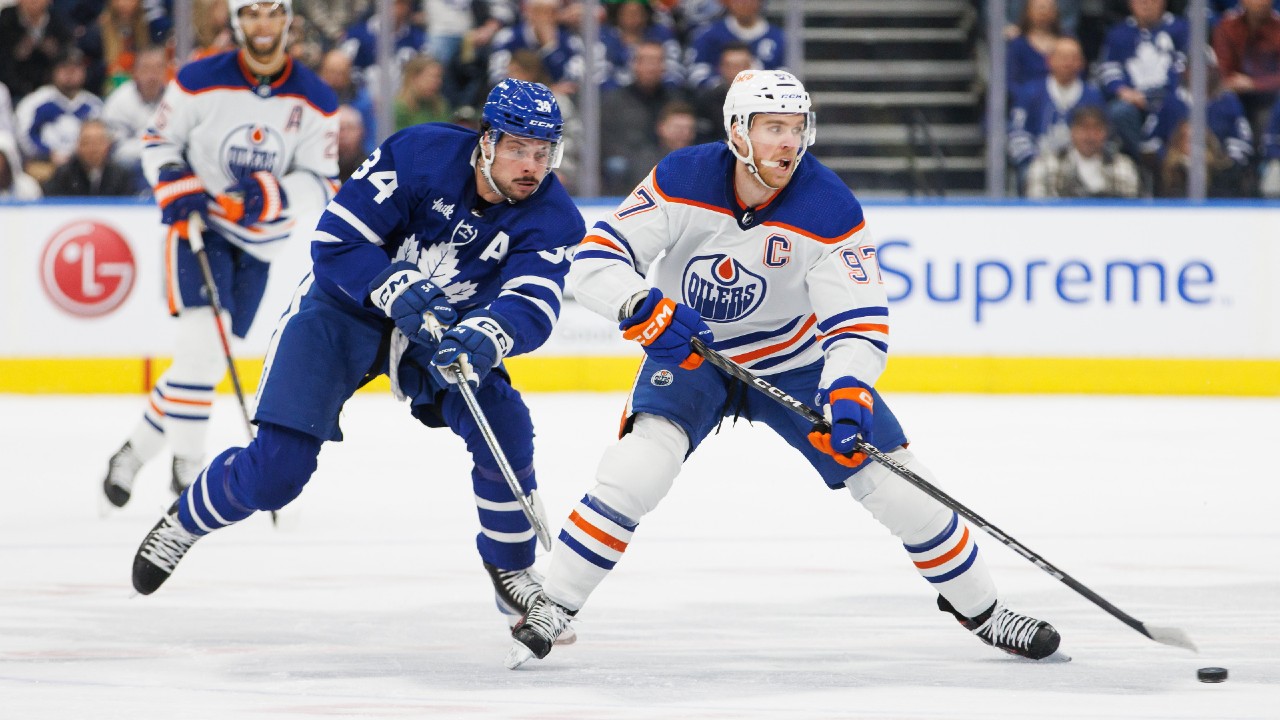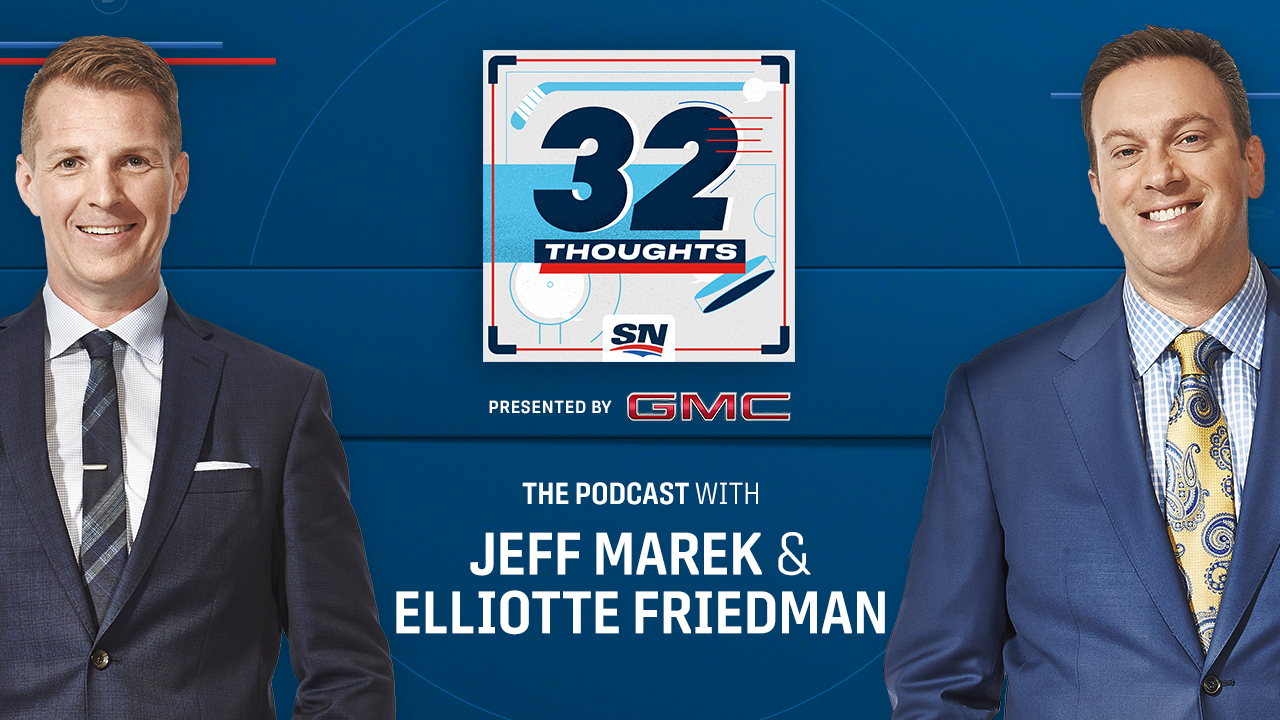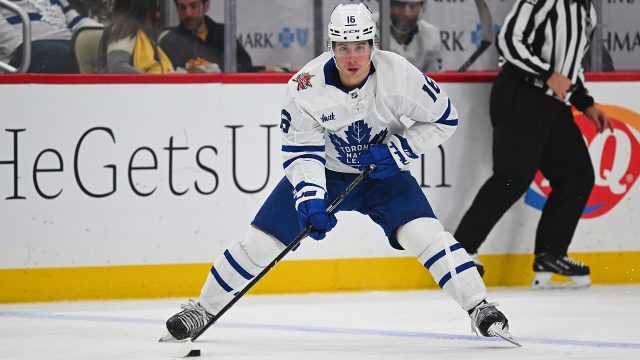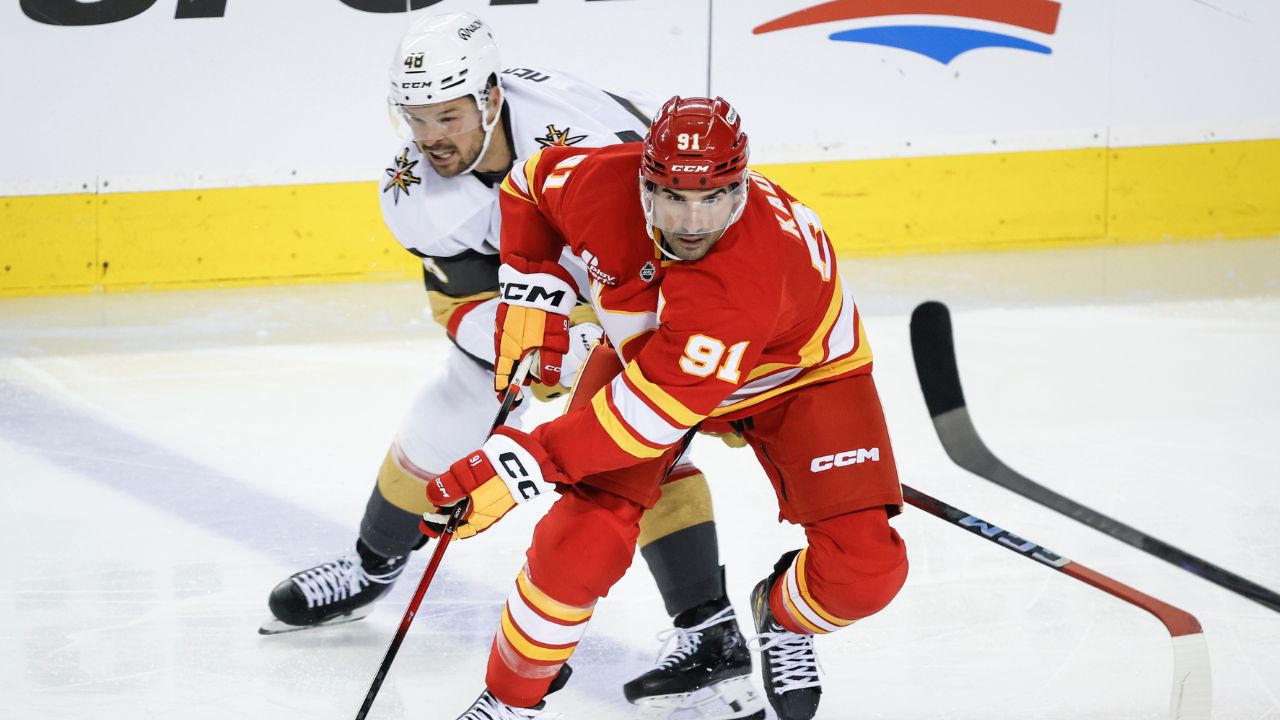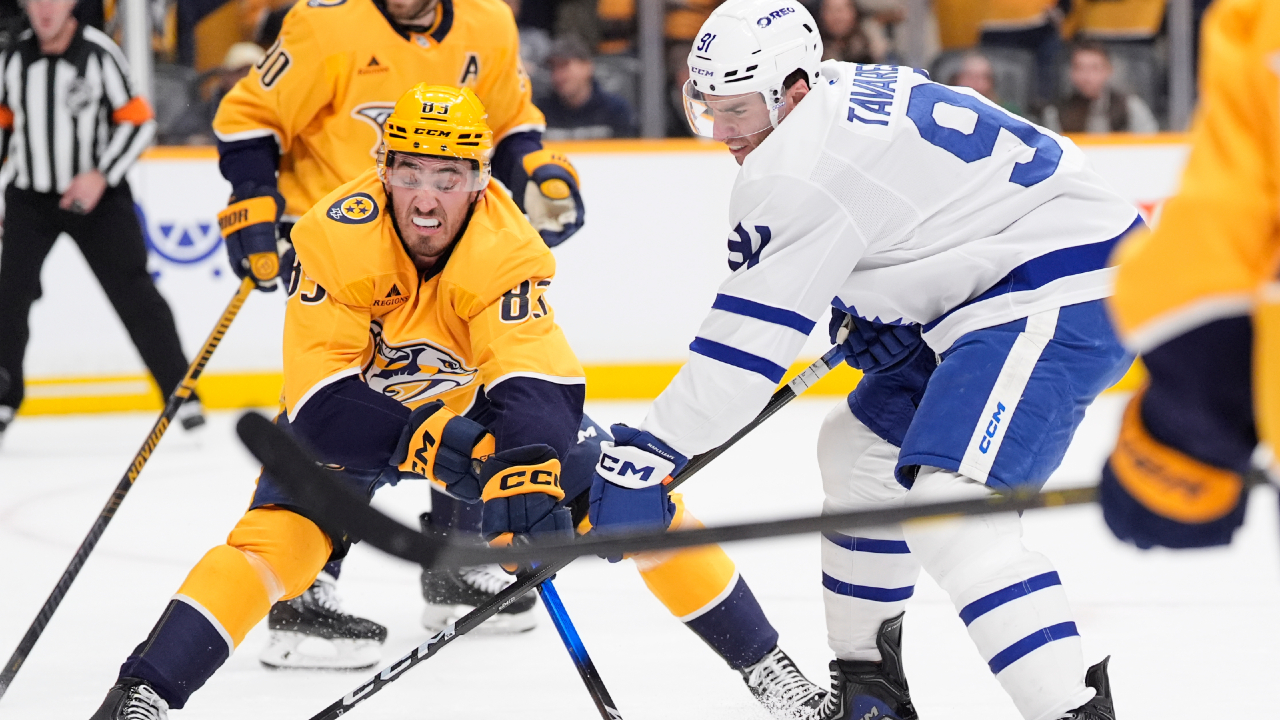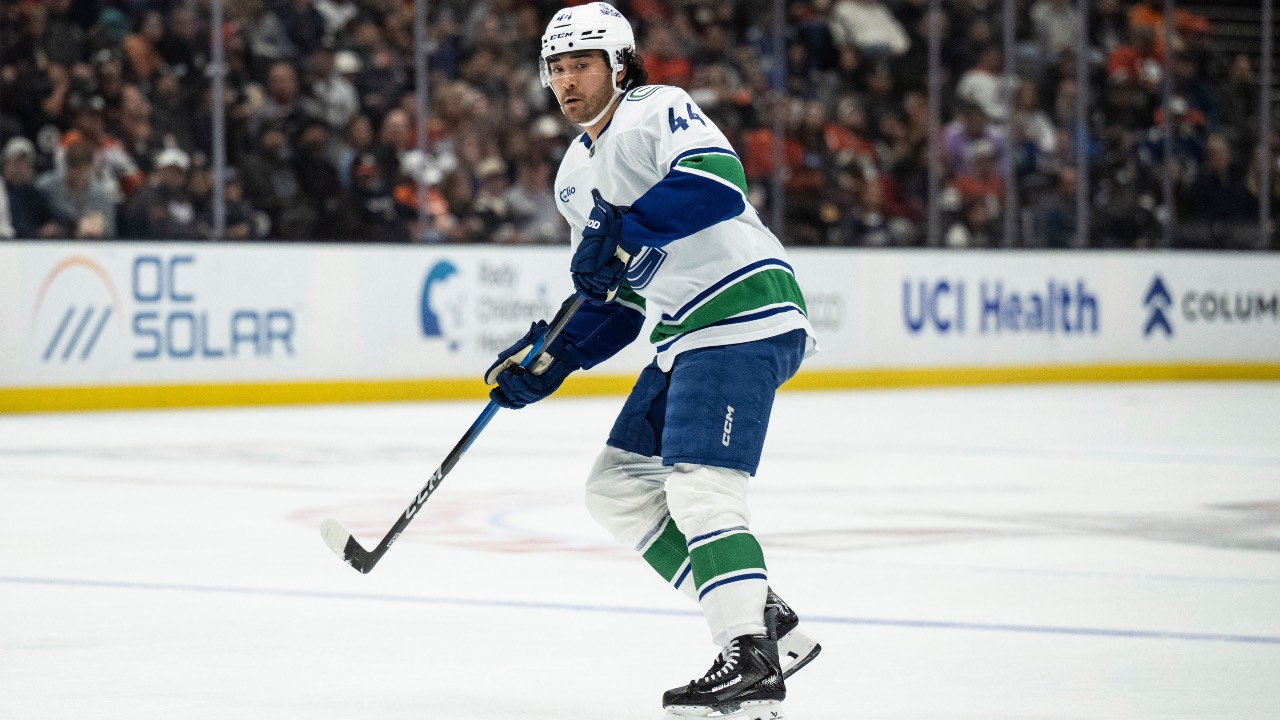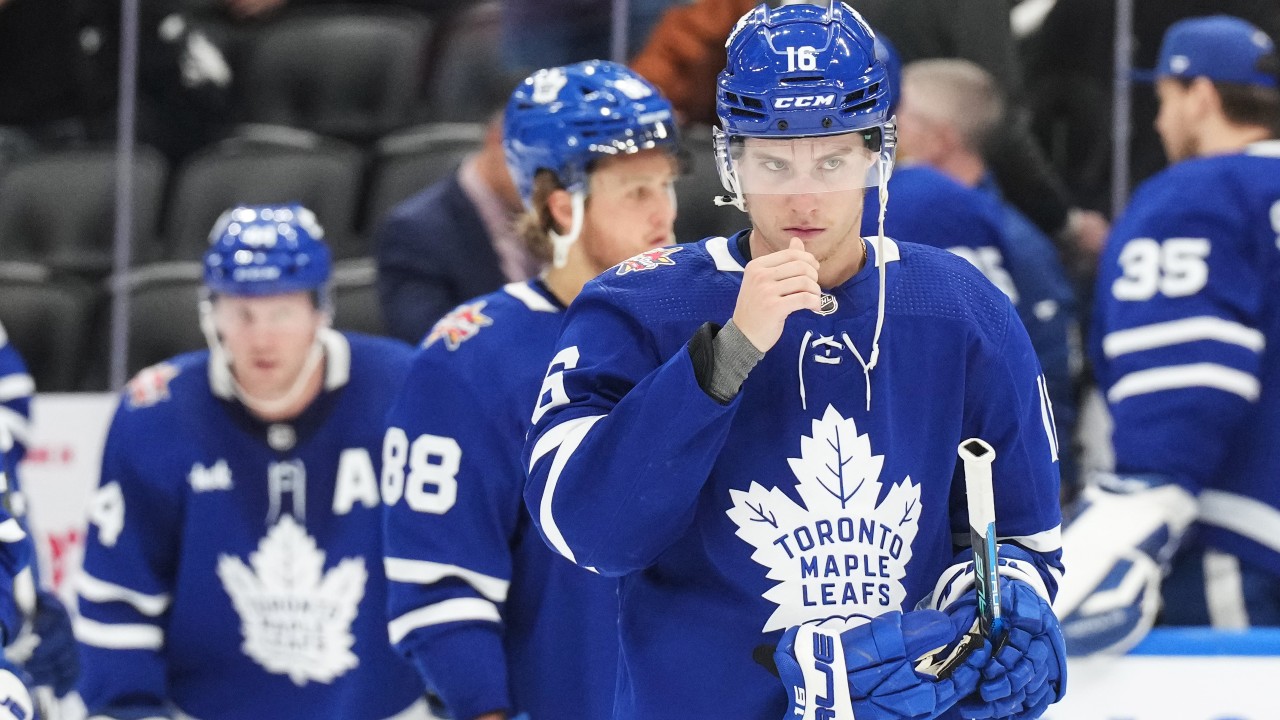
New GM, new role players, new mandate.
Same coach, same nucleus, similar slot in the standings.
Despite a few off-season tweaks and a supposedly snottier ethos, the Toronto Maple Leafs enter the 20-game mark looking like a flawed group carried by spurts of the fantastic.
In other words: a decent and top-heavy regular-season team but hardly one that, as currently constructed, grades well against top-of-the-class Stanley Cup contenders.
Where are they relative to expectations?
With the Boston Bruins losing their two best centremen, the Florida Panthers limping into October ravaged by injury, and the Tampa Bay Lightning getting taxed by old age and a hard cap, 2023-24 was viewed by many as the season Toronto should finally win the Atlantic Division’s regular-season crown.
Not so fast.
The Leafs (10-6-3) have struggled defensively and submitted some pitiful performances at home. They’ve relied too heavily on the expensive half of their bench and watched their special teams step backward.
Toronto has lost more games in regulation (six) than it has won (five) and has been guilty of more costly turnovers, blown leads and sloppy line changes than an expected contender should be.
Complete 60-minute exercises (their road win in Dallas and home win over Vancouver come to mind) are few and far between, but sheer talent has carried the Leafs to a 13th-place overall ranking and a position in the thick of the mushy Eastern Conference playoff race.
Below expectations? For sure. The Leafs’ mediocre plus-1 goal differential will attest to that.
But Toronto’s sluggish start isn’t a disaster and not all together surprising. And with role players always cycling in and out, this team usually needs time to warm up.
Top-Six Forwards Grade: B+
From Auston Matthews’ back-to-back hat tricks to William Nylander’s club-record-setting 17-game point streak, the big guns kicked through the saloon doors with all barrels blazing.
Productive as ever (20 points in 19 games) and beasting in the faceoff dot, John Tavares is winning his arm-wrestle with Father Time, and Mitch Marner is leading the club in even-strength scoring despite “just not executing at the level you’d expect from Mitch,” as coach Sheldon Keefe puts it.
Matthews (14 goals) is hanging around the Rocket Richard conversation; newbie Tyler Bertuzzi (five goals) and rookie Matthew Knies (six) have gradually figured out how to contribute; Toronto’s top-five power-play is still a weapon; and each member of the Core Four is better than a point per game.
And yet: Nylander and Tavares aside, the top six has been inconsistent. Dominant periods or shifts or nights are often followed by problematic ones. “Hit or miss,” Matthews said during a quiet weekend for Toronto’s top line.
A Selke finalist in June, Marner is a dash-3. The only Leafs forward better than a plus-4 is Calle Järnkrok (plus-7). Whether it’s tilting the ice, refining the chemistry, or linking a string of elite showings, no doubt there’s is another level to reach here for what is supposed to be the Maple Leafs’ greatest strength.
We haven’t seen the top six’s complete A-game yet.
Bottom-Six Forwards Grade: C–
Heavily sheltered, the bottom half of the Leafs bench began worrisome but, in recent weeks, has begun to make some impact.
The recall of Nick Robertson and nudge of Max Domi to centre sparked a burst of offence from a third line that essentially supplied nothing of note through the first 11 games.
Domi is still seeking his first goal in his dad’s old colours, but his 11 assists have supplied some much-needed playmaking against softer competition.
Järnkrok — Keefe’s favourite fix-it winger and full value for a rover — gives the third unit a defensive conscience, and his five goals (two of them game-winners) have been a pleasant treat.
Toronto’s fourth line, however, has fluctuated between troublesome and untrusted. Ryan Reaves got healthy-scratched a few weeks into a three-year contract. David Kämpf hasn’t exactly thrived in the beginning of his new deal, either. And while the speedy Noah Gregor is a fine role player for his salary, Sam Lafferty — dealt by Treliving, in part, to extend Fraser Minten’s tryout — is missed.
The fourth line has shown flickers of life lately, with callup Bobby McMann providing energy and Reaves gaining confidence with a goal.
But the fact Keefe went 11-and-7 Saturday in Pittsburgh tells you all you need to know what the coach thinks of his forward depth.
Defence Grade: C
The Maple Leafs surrender 3.42 goals per game, which drops them to the bottom third leaguewide.
No. 1 D-man and trusted workhorse Morgan Rielly has leapt to a scorching start (three goals, 13 points, plus-5, 24:48 average ice time), and it would be frightening to think where this blueline would be without he and steady partner T.J. Brodie (team-best plus-9) thriving in tough minutes.
Scrappy Mark Giordano, 40, is giving everything in the tank, and Jake McCabe has looked sharper since returning from his groin injury than he did before it.
But the exodus of penalty-killers and defensive-minded forwards hasn’t done the team defence any favours. Its PK-by-committee is a subpar 77.8 per cent.
Treliving’s big summertime gamble of signing injured power-play specialist John Klingberg to a $4.15-million contract appears like a bust. And having Timothy Liljegren (high ankle sprain) out long-term isn’t helping matters.
Simon Benoit, William Lagesson and the recently returned Conor Timmins are decent depth options, not regulars on a hockey club planning to be relevant in late May.
Goaltending Grade: C+
Toronto’s .892 save percentage (five points below league average) is reflective of an organization caught in a transitionary phase between the pipes.
The Leafs elected not to make a financial commitment to a clear No. 1 goalie (not that they’re in abundance), hoping either (a) Ilya Samsonov could shake off arbitration and build on his career performance of 2022-23 and/or (b) homegrown, cap-friendly Joseph Woll would be ready to make the giant step to reliable NHL starter.
Well, Samsonov has battled through some mental struggles and Woll has returned to earth since a scorching October, when he briefly looked like the best relief man since Mariano Rivera.
The Leafs simply don’t have steal-you-a-round goaltending and must both improve defensively and score plenty if they wish to make strides up the standings.
A Big Question for the Second Quarter: What happens with John Klingberg’s cap space?
Klingberg is a proud player who wants to heal up and contribute.
So, while his significant salary has been shifted onto LTIR, Leafs Nation wonders if the hobbled D-man will rehabilitate himself back into action or elect surgery and potentially end his season after just 14 games in Blue and White.
If we have seen the last of Klingberg, how quickly does Treliving trade for another defenceman to bolster a blueline in need of a boost?
Or does this issue get kicked farther down the road, to the season’s third quarter?
Furthermore, and more pointedly: Is this team worthy of spending more prospects and draft capital to plug a hole or two? Or are these Leafs receding into just another one of NHL’s many middle-of-the-pack clubs?


